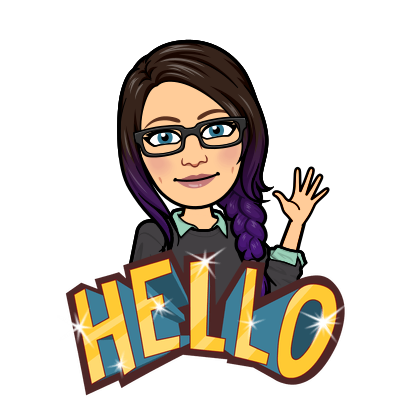The power of VR is that it gives the viewer a unique sense of empathic connectionto people and events. In the context of international reporting and conflict reporting, where our readers rely on us to bring them news and stores from remote and inaccessible places, this has huge potential."
--Jake Silverstein, editor-in-chief New York Times Magazine
VR is taking over the future! Why should education be any different?
With the invent of virtual reality viewers and devices, techies all over the world jumped on board and immersed themselves in VR gaming, videos, and experiences. When Google launched their Pioneer Program in 2015, they brought this new Virtual Reality world to the world of education and EdTech.
Google Cardboard is an inexpensive viewer made out of cardboard that you insert your phone into and view 360 degree photographs and videos. Many companies have recreated this in cardboard, as well as in heavy duty plastic and lightweight, collapsable versions. As these inexpensive viewers took off, Google started working on a way to bring this technology to the educational world.
Enter Google Expeditions! This is a free app, that houses pre-curated virtual field trips, requires student devices to connect via a peer-to-peer network to a teacher device. STUDENTS DO NOT NEED TO CONNECT TO THE INTERNET! This is not only bandwidth friendly, which is key to many school districts, but this app also allows teachers to control the content for the students. Expeditions gives teachers pre-researched interest points and scripts to discuss the important features of each field trip as well as engaging questions to ask students. With 600+ expeditions currently available and a list that grows each month, there are experiences available for every content area and classroom.

Virtual reality holds exponential benefits for the classroom. Engagement will skyrocket with this immersive exposure to content and background information. Opening previously difficult to access knowledge to students through this visual and auditory pathway could allow more students to connect with information that they wouldn’t be able to understand. Most importantly for rural areas, like mine, it offers the opportunity for landlocked and under-funded schools to take their students on once-in-a-lifetime field trips that wouldn’t be an option otherwise.
How am I supposed close the poverty achievement gap when I can only take my students places when the students and parents pay for the trip?
I can’t! Until now!
My goal next year is to not only get my hands on a set of this technology but to get incorporated into my classroom as many times as possible. I have created a folder to include with the kit if my principal can get us a kit for the fall (fingers crossed that DZ comes through) and my next task will be to start creating lessons that I will be able to incorporate using the kit. I hope to use it in my Reading class as part of a cross-curricular Career Unit and as an introduction to my Holocaust Unit in 8th Grade ELA.
Feel free to steal and copy my Handbook. Look through Google’s spreadsheet. And send me ideas for creating lessons for my room or yours! I am happy to help get this fantastic technology in as many classrooms as possible.








The key test with VR and other new developments is to guarantee that in using them that they are improving learning and not just giving a wow factor. VR Vancouver, BC is giving to their customers to discover issues in their structure.
ReplyDeleteVirtual Reality benefiting the education system to an extent in term of engagement while interacting with a virtual object which is creating more interest and curiosity amongst the learners. Virtual Reality Tech News
ReplyDeleteGood valuable information... So many people don't know about the benefits of virtual reality that gives transformation to the business.
ReplyDeleteVirtual Reality Shopping
VR real estate